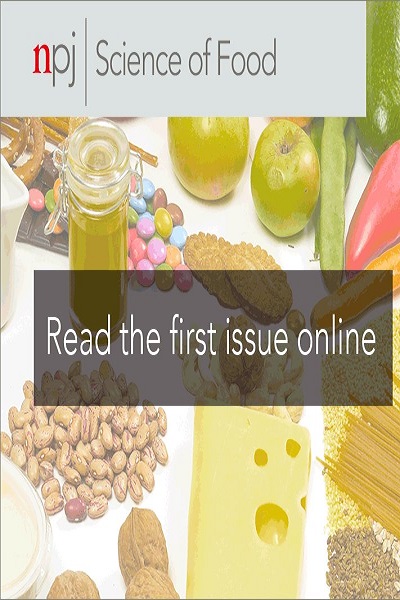A soluble garlic polysaccharide supplement alleviates fatigue in mice
IF 6.3
1区 农林科学
Q1 FOOD SCIENCE & TECHNOLOGY
引用次数: 0
Abstract
Garlic polysaccharide (GP) is an inulin-type fructan with potent antioxidant activity, whereas its health-promoting functions are not well explored. In the current study, we established a fatigue model by forcing mice to swim in a water tank for at least one hour every day. We measured changes in body weight, exhaustive swimming time, and biochemical indices related to fatigue in weight-bearing swimming mice fed low (1.25 g/kg-BW) and high doses (2.5 g/kg-BW) of GP by daily gavage for 7 weeks. The soluble GP was extracted from industrial garlic wastes using a patented method. The results indicate that GP improved symptoms by increasing the duration of exhaustive swimming, restoring blood biochemical markers (BUN and BLA), and increasing liver and muscle glycogen reserves in fatigued mice. GP also increased antioxidant enzyme activity (SOD, GSH-Px, and CAT) and restored ATPase activity by activating the AMPK/PGC-1α pathway. Additionally, GP modified the gut microbiota by increasing potentially beneficial bacteria and decreasing harmful bacteria. The increase in Bacteroidota and the decrease in Firmicutes phyla regulate the metabolism of short-chain fatty acids in the gut. In conclusion, GP may be effective in alleviating exercise-induced fatigue through multiple mechanisms and can be developed into health anti-fatigue supplements.

可溶性大蒜多糖补充剂能缓解小鼠的疲劳。
大蒜多糖(GP)是一种菊粉型果聚糖,具有强大的抗氧化活性,但其促进健康的功能尚未得到很好的探索。在本研究中,我们建立了一个疲劳模型,强迫小鼠每天在水箱中游泳至少一小时。我们测量了每天灌胃低剂量(1.25 克/千克-体重)和高剂量(2.5 克/千克-体重)GP,持续 7 周的负重游泳小鼠的体重变化、耗尽游泳时间以及与疲劳相关的生化指标。可溶性 GP 采用专利方法从工业大蒜废料中提取。研究结果表明,GP 可通过延长疲劳小鼠的疲劳游泳时间、恢复血液生化指标(BUN 和 BLA)以及增加肝脏和肌肉糖原储备来改善症状。GP 还能提高抗氧化酶的活性(SOD、GSH-Px 和 CAT),并通过激活 AMPK/PGC-1α 通路恢复 ATP 酶的活性。此外,GP 还通过增加潜在有益菌和减少有害菌来改变肠道微生物群。类杆菌的增加和固氮菌的减少调节了肠道中短链脂肪酸的代谢。总之,GP 可通过多种机制有效缓解运动引起的疲劳,并可开发成抗疲劳保健品。
本文章由计算机程序翻译,如有差异,请以英文原文为准。
求助全文
约1分钟内获得全文
求助全文
来源期刊

NPJ Science of Food
FOOD SCIENCE & TECHNOLOGY-
CiteScore
7.50
自引率
1.60%
发文量
53
期刊介绍:
npj Science of Food is an online-only and open access journal publishes high-quality, high-impact papers related to food safety, security, integrated production, processing and packaging, the changes and interactions of food components, and the influence on health and wellness properties of food. The journal will support fundamental studies that advance the science of food beyond the classic focus on processing, thereby addressing basic inquiries around food from the public and industry. It will also support research that might result in innovation of technologies and products that are public-friendly while promoting the United Nations sustainable development goals.
 求助内容:
求助内容: 应助结果提醒方式:
应助结果提醒方式:


